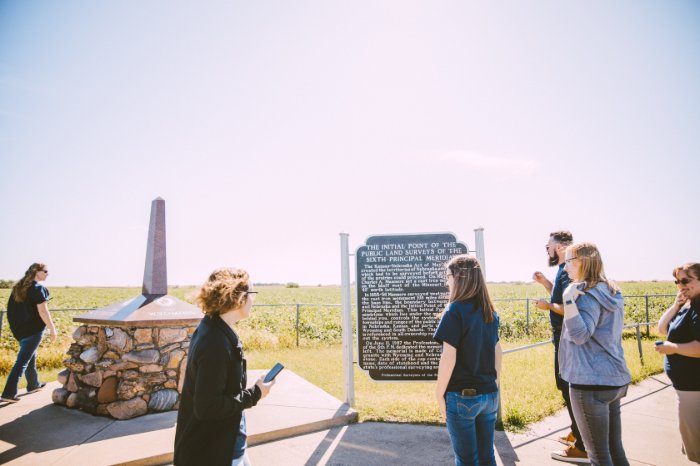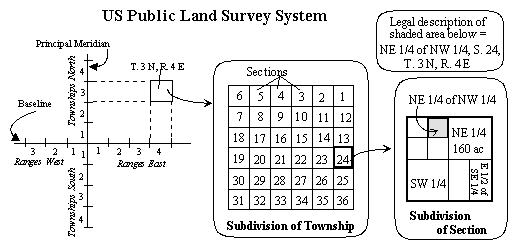I have been asked many times, “so what exactly do you do for your job?” My first attempt at a succinct answer is to say, “I work with title insurance”. However, this generally seemed to lead to the misconception that I was somehow a telemarketer and tried to sell insurance to people over the phone. This mistake on my part led me to believe that a lot of people do not really know what goes on behind the scenes when they conduct a transaction through a title company. And when they do find out, they then assume I have a very boring desk job sitting in front of a computer all day. While I will admit that this 8-5 is not the most, shall we say, exhilarating, I think it is arguable that a Title Examiner can have a very interesting job at times.
To sum up the job of a title examiner, our job is to conduct a search of the public records at the county in which the property in question is located, and to write a Title Commitment, which is the Title Company’s binding promise to issue an insurance policy based on the terms and conditions laid out within it. These 8 or so pages often appear to just be a lot of legal mumbo jumbo, once again giving the appearance of a very boring job. But whenever there is an issue that requires further investigation on our part, we often stumble on some fascinating things, things that often can tie into the history of Kansas, and sometimes even the history of America.
Sometimes, when tracking the ownership of land, we find out that a property has been owned by generations of the same family, even tracking back to the Land Patent – the transfer of title to land owned by the government to an individual. Most of these occurred in the 1800s. Following this chain can lead to discoveries such as very old probates and obituaries, which can lay out the whole reason they moved to Kansas in the first place, and how it passed through children and generations to the current day.
Did you know that according to certain research, there are over 300 ghost towns in Kansas? [1] Some of these were just a result of a failed settlement, but others were caused by events such as the creation of the Tuttle Creek Dam, which everyone knows exists. What might not be so commonly known is that this wiped out multiple small towns in Midwest Kansas. Cleburne, Kansas [2], was one of these. Remnants of the town can still be seen today, but it has been uninhabited since the mid-1950s. Running into documents during a search that reference a town which is nowhere to be found in the present day, instigates a little bit of digging to find out the story of what actually happened.
Every job has its high points and low points, but a Title Examiner is given the opportunity to learn many interesting things, all while doing a stellar job at producing a title commitment at the end of the day. And, thankfully, not spending their day on the wrong end of a telemarketer phone call.





